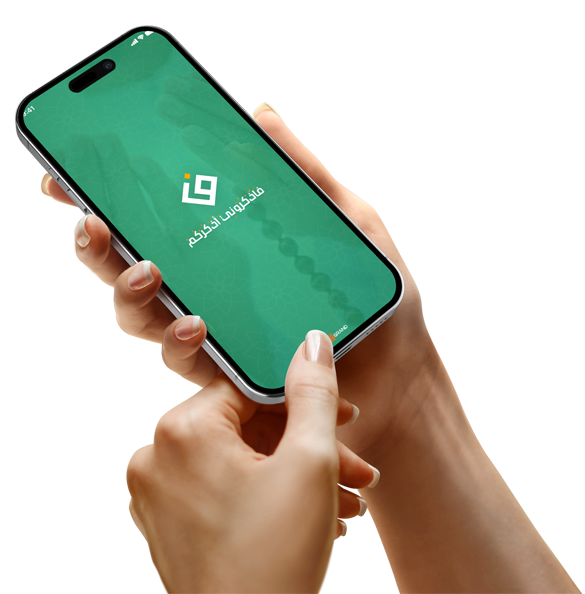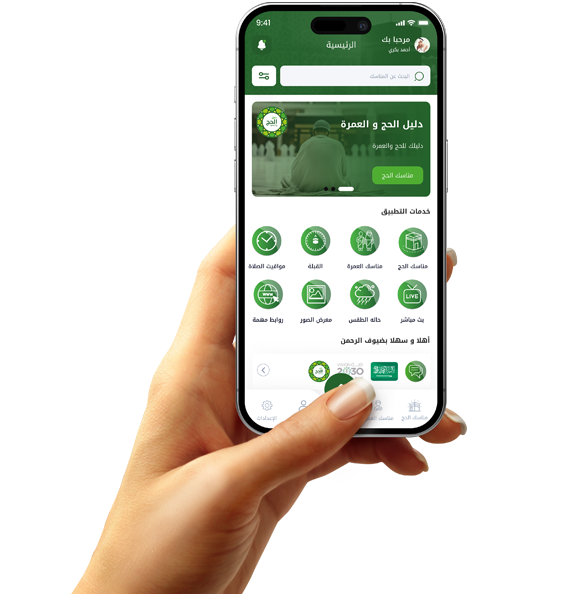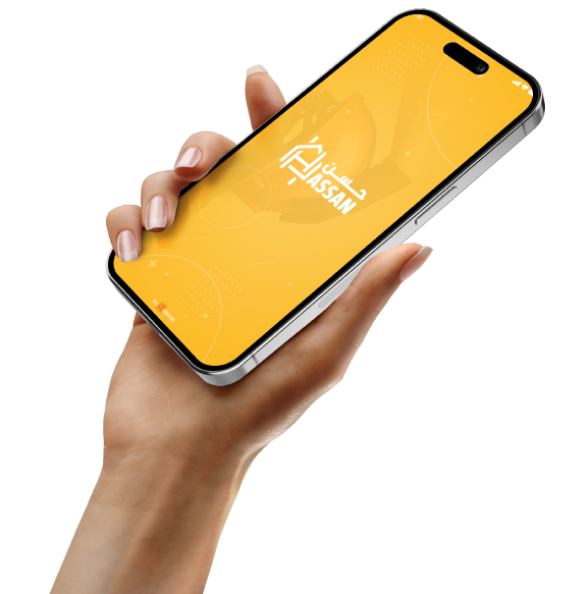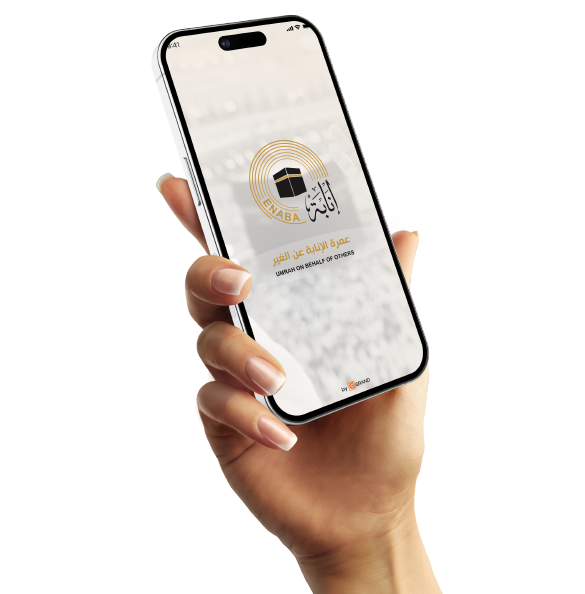Designed a cooking app with filtering based on the user's diet.

The cooking experience begins with personalized diets in the app.
From the moment a user enters a cooking app, they should feel like the experience is tailored to them. Customizing the interface and recipes based on their diet makes a huge difference. A vegetarian doesn't want to see recipes containing meat, and someone following keto doesn't search for carbohydrates.
The journey begins with the first setup screen, where the user is asked to select their diet. This simple step transforms the app from a recipe library into a smart nutritional assistant. This screen can even be made interactive with a question-and-answer format, making it more engaging.
After selecting a diet, an interface appears containing only relevant recipes, which makes the user feel comfortable and reduces search time. This filtering should include not only ingredients, but also cooking method, time, and calories, if applicable.

Smart Filtering for Recipes: The Secret to the Success of Modern Cooking Apps
It's no longer enough for a cooking app to contain thousands of recipes. The real challenge has become: how to present these recipes in a way that suits the user's lifestyle? This is where the power of smart filtering by diet comes into play, as it's one of the most important tools for enhancing the user experience within the app.
The primary advantage of filtering is to remove randomness from the cooking experience. When the user enters the app and activates their diet, the algorithms begin suggesting only content that aligns with that diet, creating a carefully calibrated user experience connected to the user's true interests.
Design-wise, filters should be flexible and easy to use. They should preferably be in the form of drop-down menus or activation buttons, such as "Vegan," "Keto," "Lactose-Free," or "Mediterranean Food." Filters can also be supported by explanatory tags within each recipe that clearly demonstrate its compatibility with the chosen diet.

The success of cooking apps today depends not only on the quantity of recipes, but also on how well they fit the user's lifestyle. Users are no longer just looking for a delicious recipe; they're looking for one that fits their diet, whether they're keto, vegan, low-sugar, or gluten-free.
This is where the power of intelligent design shines through. At the start of use, the user is guided to select diets they're interested in, and the app then begins to customize the experience immediately based on this data. Furthermore, a "learning preferences" feature can be developed, where the app analyzes the user's behavior and suggests recipes similar to those they've previously selected.
Filtering not only displays what's appropriate, but also hides what's not. This is a psychologically important feature, as the user doesn't have to ignore recipes that don't fit their condition or diet. Instead, the entire experience revolves around them, as if the app was designed just for them.
A cooking app that takes dietary details into account also requires precise recipes with clear measurements and customizable ingredients, with the ability to substitute one ingredient for another if it doesn't fit the diet (for example, replacing regular milk with plant-based milk).
The app can also be integrated into the real-life kitchen experience by providing smart shopping lists, automatically extracted from selected recipes and organized by category, ensuring they are compatible with the user's diet.

A Personalized Nutrition Interface in a Cooking App
When a user opens a cooking app for the first time, they should feel that it understands them, knows what works for them, and provides recipes that align with their health goals or nutritional needs. This can only be achieved through a personalized interface based on the user's chosen diet.
Instead of randomly browsing through hundreds of recipes, they are presented with recipes that align with their chosen diet, such as keto, vegan, paleo, low-carb, or even a diabetic diet. This experience saves them the hassle of searching and increases the likelihood of daily use of the app.
For a complete experience, each recipe should include a detailed explanation of its relevance to the specific diet, along with suggested alternative ingredients that maintain nutritional balance if modified.
The app can offer a "recipe analysis" feature, where users can enter specific ingredients to determine whether they are suitable for their diet. This tool makes the app a nutritional advisor as well as a recipe resource.















